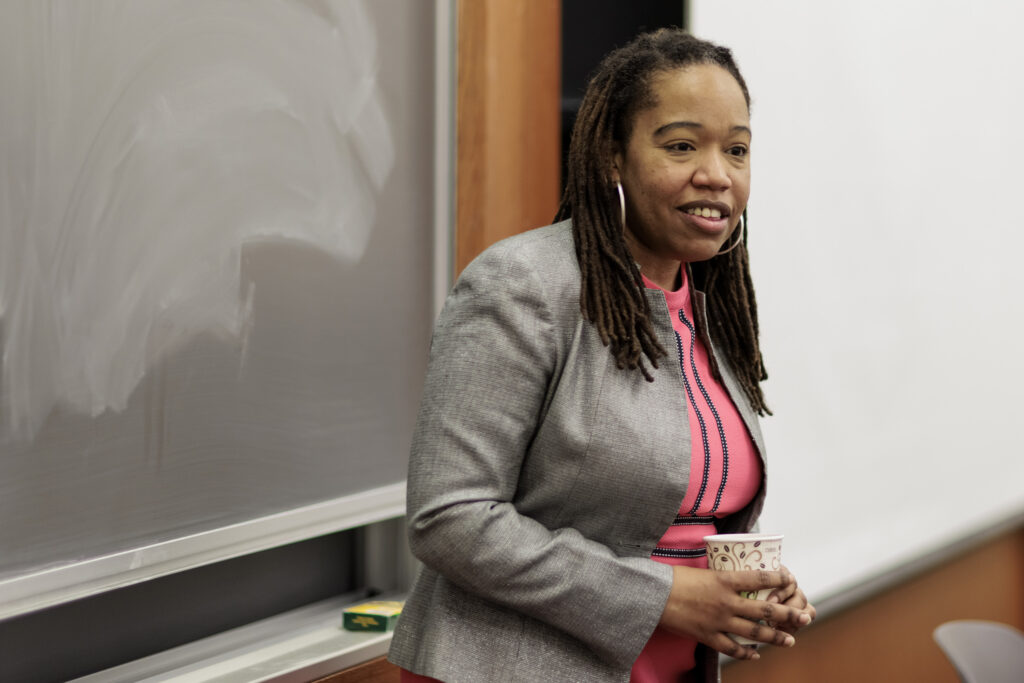
In the late 1700s, a half-century before the founding of the American Medical Association, hundreds of men paid significant sums to be certified for the lucrative position of slave ship surgeon. For historian Sowande M. Mustakeem, that startling fact speaks volumes about the long entwining of race and medicine.
Mustakeem, an associate professor of history and of African and African American studies in Arts & Sciences at Washington University in St. Louis, is author of “Slavery at Sea: Terror, Sex, and Sickness in the Middle Passage” (2016), an award-winning exploration of the Atlantic slave trade. For more than a decade, she also has taught the groundbreaking seminar “Medicine, Healing and Experimentation in the Contours of Black History,” which stretches from the period of enslavement through the 20th century.
In this Q&A, Mustakeem discusses the origins of her class and the importance of grappling with traumatic history.
You arrived at WashU in 2008 and launched “Medicine, Healing and Experimentation” shortly thereafter. What inspired the course?
Rejection! In graduate school, I had an opportunity to apply for a new course development grant. I put a syllabus together but didn’t get it. I was heartbroken. But I also knew that I was on to something. Health and trauma connect us all.
So, I started studying — teaching myself, really — medical history. I thought, ‘I need to know this because it’s part of who we are.’
Where does the class begin? How far back do you go?
I’m a slave trade historian. We start on the slave ships.
In a way, medicine as a global profession begins on slave ships. And when enslaved people were brought to the Americas, particularly the American South, and especially South Carolina, doctors were able to buy the overlooked, unwanted or disabled on what they called a vendue sale, which was like a two-for-one clearance. It was so lucrative, by the end of the 18th century, men were actually paying to become surgeons within the African slave trade.
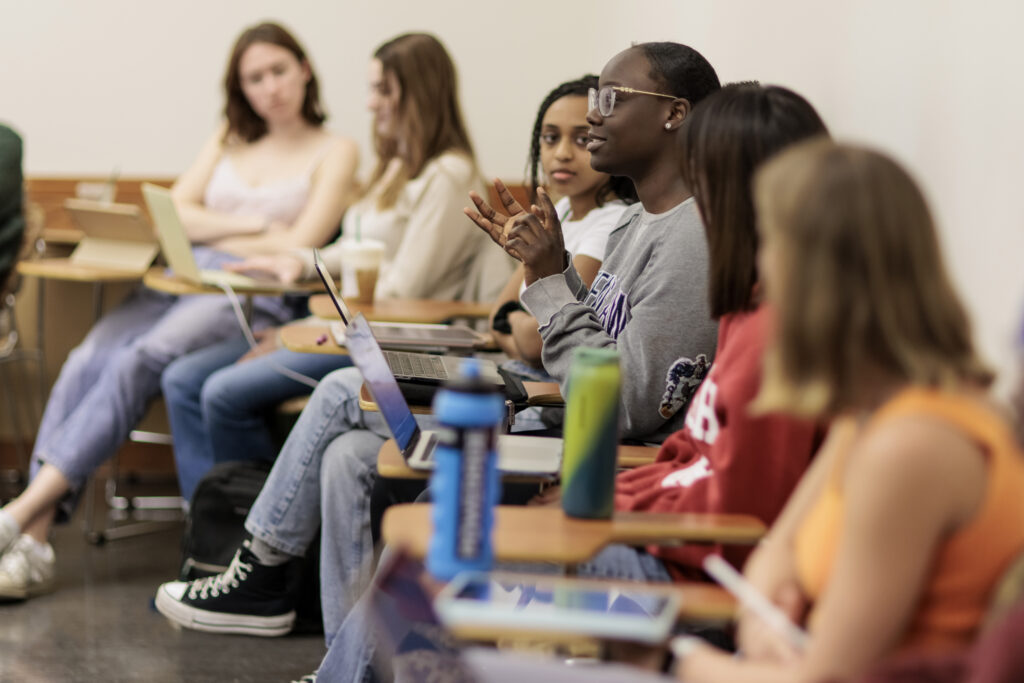
Did these surgeons have any real medical training?
It was a mix. After 1788, the British required two surgeons aboard each slave ship. But the Americans never had such a requirement, which meant medical care was provided by people also serving in other roles, and often consisted of folk remedies. ‘Put tar in the water,’ things like that. And to be clear, I’m talking about the legal slave trading period. After that, people became even more disposable.
But even trained physicians, whether from Liverpool or South Carolina, wouldn’t have been familiar with all the diseases they were seeing. The world imploded on them.
How did slave ship doctors, ostensibly healers, understand their roles within the slave trade?
That’s an interesting question. Slaves were technically property of a merchant. So how do we think about sailors or ship captains? Some men might have tried to separate themselves or their profession, but fundamentally they were all slave traders, because they were all part of the process.
There’s a letter from a Scottish surgeon named Archibald Dalzel. He’s responding to family members about their discomfort with the slave trade. The response boils down to, ‘Well, you don’t complain about the money.’
So, it was a business. But these racialized ideas also coincide with the explosion of the medical world and the start — with the founding of the American Medical Association in 1847 — of what we think of as the American medical profession.
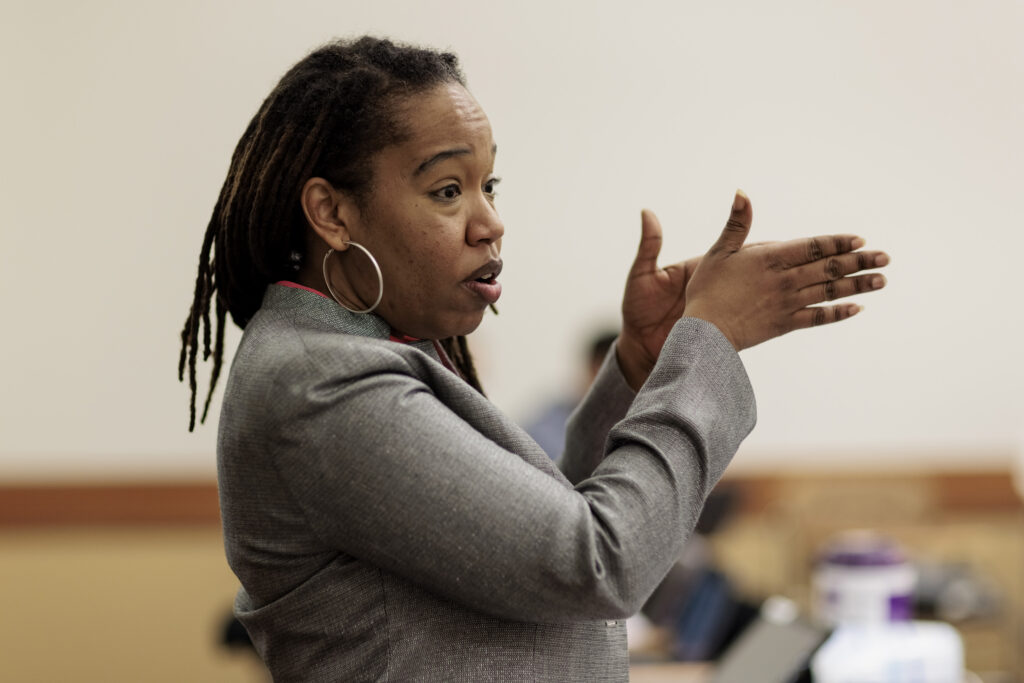
The class covers figures like J. Marion Sims, a pioneering, if ethically dubious, founder of surgical gynecology; and Samuel Cartwright, who invented the pseudoscientific diagnosis of drapetomania. What was drapetomania?
It was a diagnosis for enslaved people who tried to escape. If you tried to run away, there must be something mentally wrong with you! Cartwright had another one, dysaesthesia aethiopica, that was about supposedly feigning illness to get out of work.
The desire for freedom, or even just being sick, could be considered a mental illness?
Yeah. And that diagnosis could sanction violence.
There’s a real battle for memory here. Where do students learn about these things today? I think something similar is happening around the infamous Tuskegee syphilis experiment. Your grandmother probably knows about Tuskegee, but younger people? There’s a generational divide.
Today, it’s easy for us to assume that everybody has always been down for freedom and civil rights. But behind closed doors — or curtains — countertrends were happening.
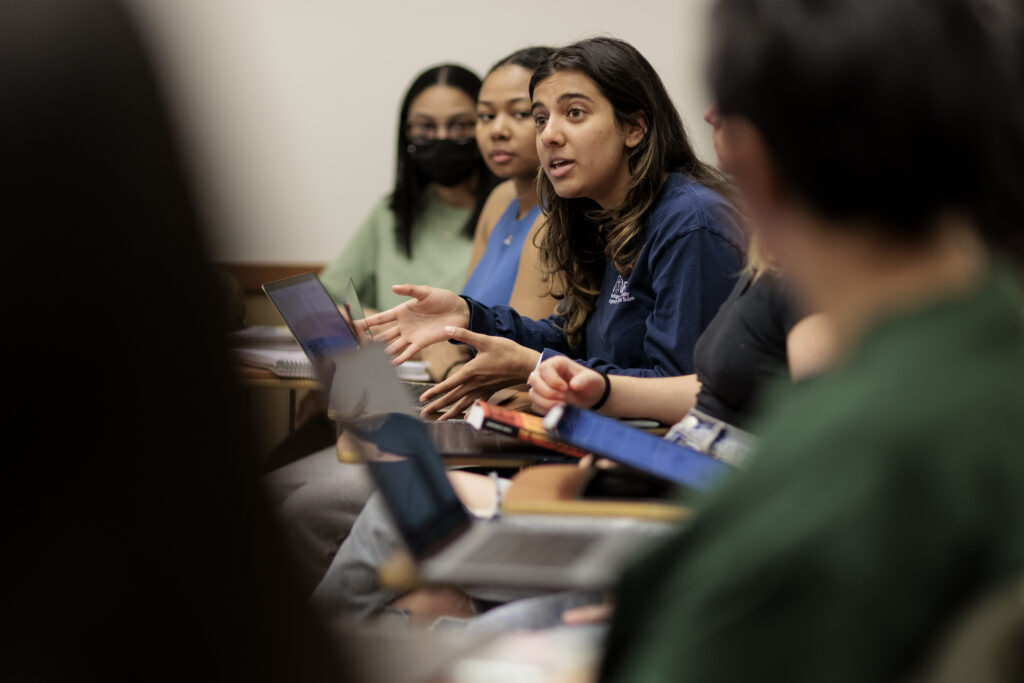
You have students studying police files from 1890s St. Louis. What are you looking at specifically?
We’re looking at seven case files, all involving Black males or females. Six of the seven died as the result of gun violence, the other from strangulation. The idea is to look at death, and how it’s remembered, as a way of understanding the city.
A lot of these sources are untapped. Looking at them allows students to do the good old-fashioned work of going into the archive. For some, it’s also about getting a glimpse of the medical world at that time. For others, it’s about seeing how the injuries are described, or determining cause of death, or learning about what happened to unclaimed bodies.
One case we look at involves Jennie Love, a pregnant Black woman shot in a crossfire in 1896. Sadly, her story touches on issues still relevant today, such as gun violence and the battle over the womb.
This is a humanities class, but a lot of your students are pre-med. Why is it important for them to grapple with this history?
Alumni who’ve gone on to medical school tell me that in practice, racial dynamics come up all the time. Having studied this history, and what it means to be part of this profession, helps them to change the energy in the room.
Hearing that, I feel so grateful. That’s exactly what I was trying to do with this class — make a tangible difference in the world.
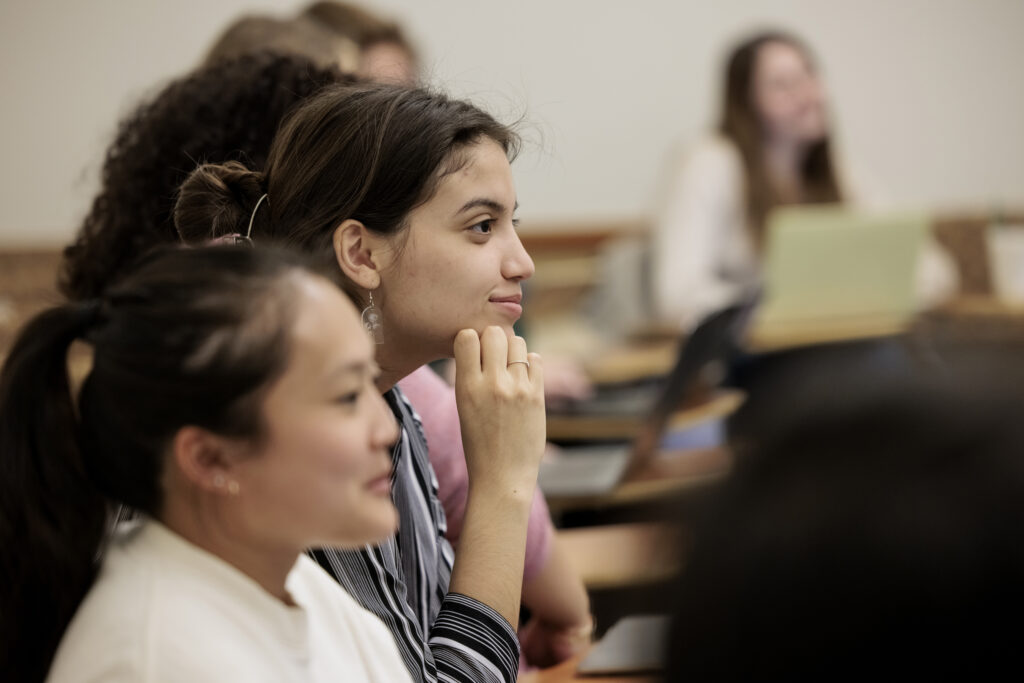
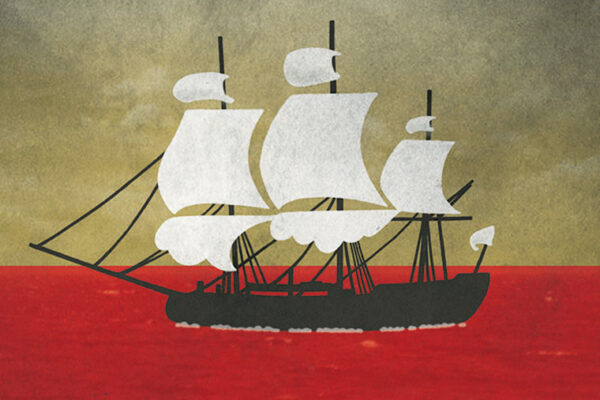
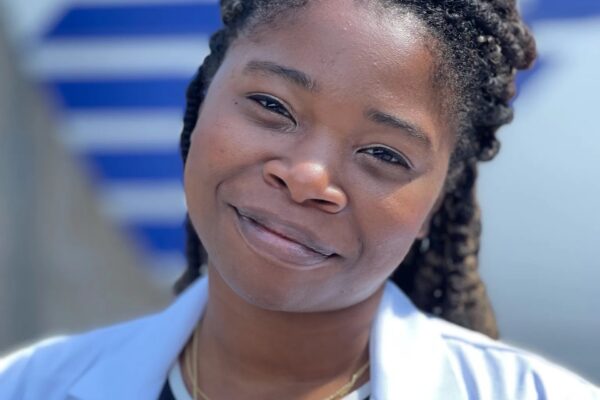
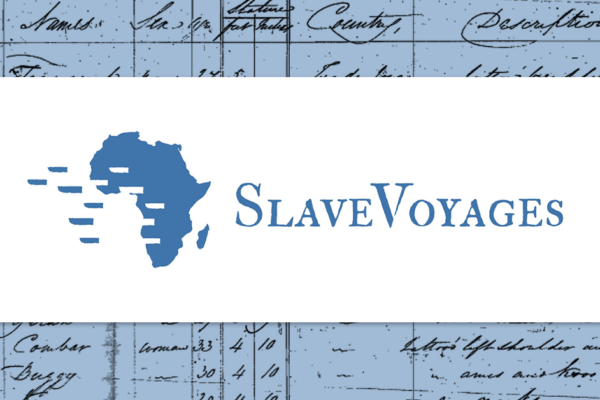
Comments and respectful dialogue are encouraged, but content will be moderated. Please, no personal attacks, obscenity or profanity, selling of commercial products, or endorsements of political candidates or positions. We reserve the right to remove any inappropriate comments. We also cannot address individual medical concerns or provide medical advice in this forum.